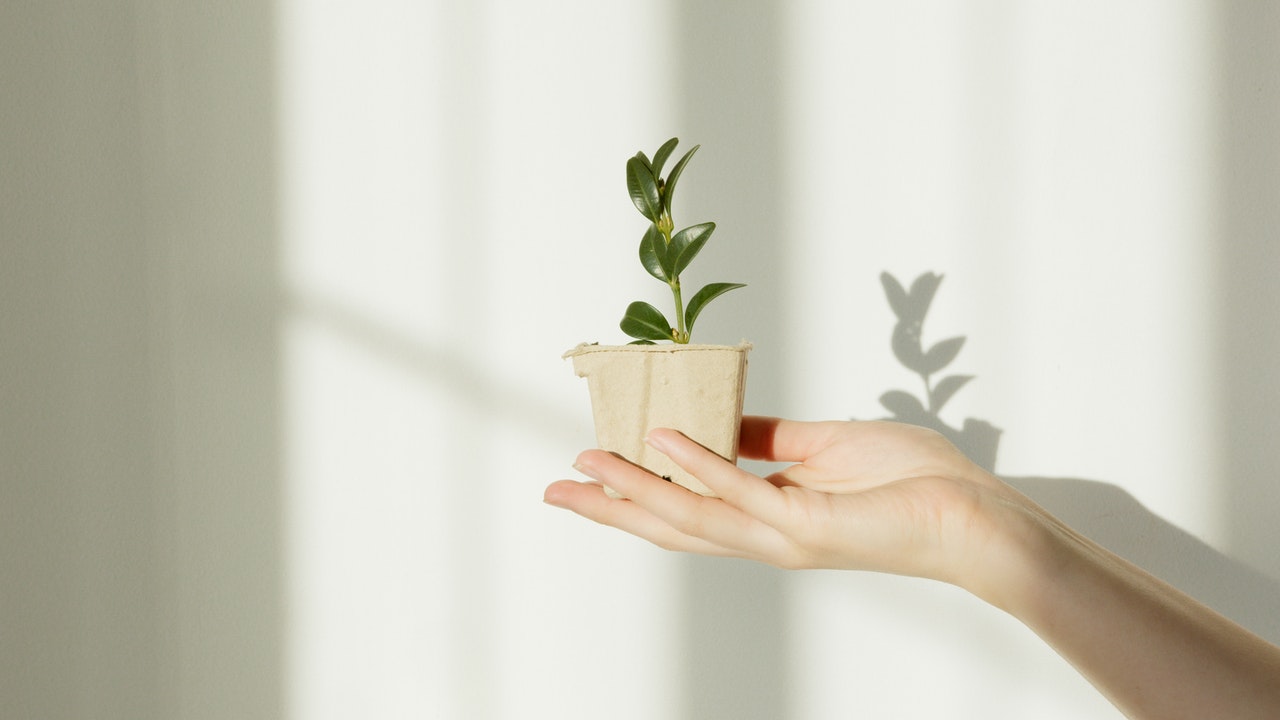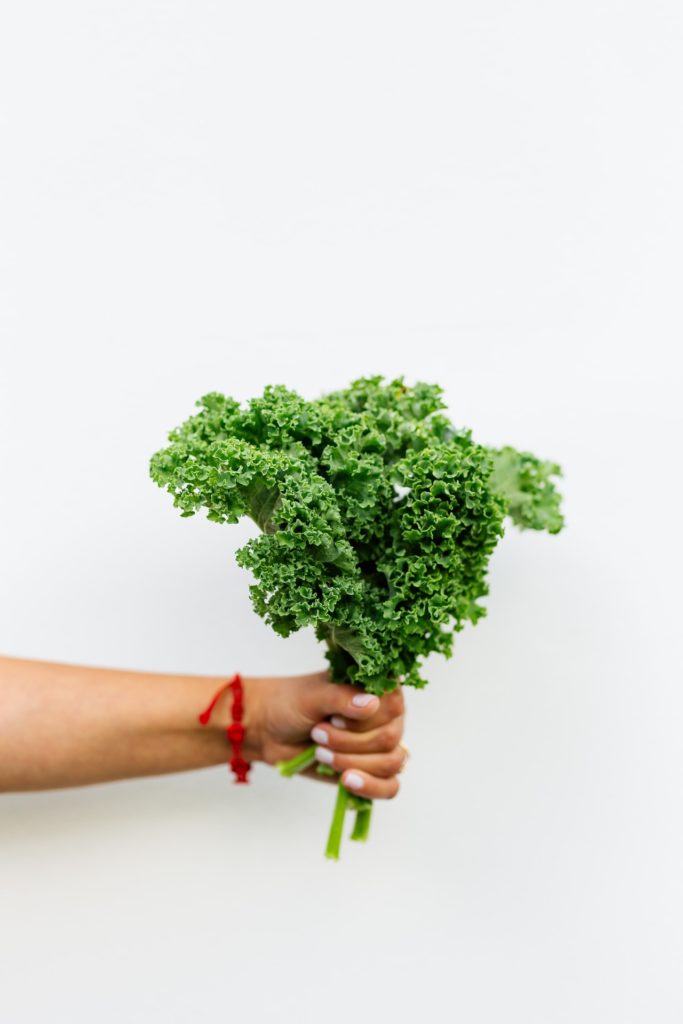SPRING HAS SPRUNG! EASTERN MEDICINE TIPS FOR TRANSITIONING TO THE NEW SEASON
From What to Eat to What to Focus On & More

After a long, dreary winter it’s time to be renewed and refreshed by warmer months. Across the East and West, spring is all about rebirth and growth. If you’re looking to make the most of this seasonal transition, here are some tidbits of advice from Eastern medicine to help you welcome spring.
What Spring Symbolizes
In the West, spring might make you think of Easter eggs and deep cleaning your house. When it comes to Eastern medicine, spring is about much more than scrubbing your baseboards and stock-piling marshmallow peeps.
Spring and TCM
In Traditional Chinese Medicine (TCM), spring is all about making new things, cleaning the old, and shaking off the rust of winter. It’s a time for growth and renewal.
Spring is associated with the element of wood and the Liver. The Liver is one of the most important organs in TCM because it manages the circulation of Qi and blood while filtering out any toxins.
We’re moving out of winter, the season of water, when we’re supposed to slow down and conserve our energy. But spring is all about new beginnings! Like the tree shakes off the snow on its branches to make room for new buffs, try to throw off old habits or negative thoughts to make space for growth and improvement.
Spring and Ayurveda
In the Ayurvedic tradition, spring is the season of Kapha energy or dosha. This energy is somewhat slow and soft while being gentle and nurturing. Our kapha levels increase during the spring, but it’s important to make sure that you don’t have too much of it by the time the seasons change to summer. Remember, with eastern medicine, balance is key!
But by embracing the lightness, dryness, and sharpness of spring, you can make sure that by the end of spring, your excess kapha is drained out, leaving you renewed and refreshed!
Eastern Medicine Tips For Transitioning To Spring
Whether it’s TCM or Ayurveda, eastern medicine is all about finding balance and living in harmony with the natural world. You can use these tips and tricks to help you adapt to Mother Nature’s seasonal changes.
What To Eat
 As winter shifts to spring, you probably notice a natural change in the foods you crave. You want to eat less of that heavy comfort food that sustained you through the winter and more of the fresh, bright fruits and veggies that are coming back into season.
As winter shifts to spring, you probably notice a natural change in the foods you crave. You want to eat less of that heavy comfort food that sustained you through the winter and more of the fresh, bright fruits and veggies that are coming back into season.
Well, eastern medicine is all about listening to your body and giving it the seasonal nutrition it wants.
One way to do that is to eat more green food. In TCM, green is related to the Liver, and green foods are thought to be especially good for that uber-important organ. So when you’re at the grocery store or farmer’s market, make sure to stock up on seasonal produce like leafy greens and sprouts. If you can, try to shop local, too!
You can also incorporate more sour foods, like lemons or green apples into your diet. Sour foods are supposed to help boost your Liver’s Qi. Swap these out for the heavy, oily foods you might eat in the winter and you’ll start feeling fresher and lighter in no time.
What To Do
 As springtime approaches, it’s easy to feel like a bear leaving hibernation. The sun is shining, the air is warmer, and the days are longer so it’s the perfect time to go outside and move your body.
As springtime approaches, it’s easy to feel like a bear leaving hibernation. The sun is shining, the air is warmer, and the days are longer so it’s the perfect time to go outside and move your body.
Both TCM and Ayurveda recommend incorporating more physical activity in your life as spring arrives. In TCM, exercising boosts your liver Qi, so it helps to lower negative emotions like stress and worry. And stretching is important too, because your Liver manages your tendons, so keeping them healthy and limber is key to supporting your Liver.
In Ayurveda, working out helps balance out your excess kapha by boosting your body heat and improving circulation. According to the Ayurvedic clock, the best times to work out are between 6 am and 10 am or 6 pm and 10 pm. Between those hours, your body’s natural cycles will give you enough energy and power to push through your work out.
What To Focus On
Welcoming the new season isn’t just about eating healthy and working out more. It’s also about setting the right intentions and focusing on growth in your life, too.
If you’ve been falling behind on your self-care, now is the time to get back into. Since spring is all about rebirth and shaking off old layers, it’s the perfect time to start giving yourself a little more TLC.
Here are some eastern medicine-inspired ways to incorporate stimulating self-care into your spring routine:
- Have a morning ritual. Wake up early so you have time to journal, read a book, or set your daily intentions. The sun is rising earlier, so you should too! It’s also a good time to do your skincare routine and maybe wake up your face with a nice Gua Sha massage.
- Try something new. There’s no time like the present, right? Spring is about new beginnings, so it’s the perfect time to pick up a new hobby or skill. Learning qigong anyone?
- Dress to impress. In the winter, it’s easy to wear sweatpants and cozy sweaters all the time. But the warm spring weather is the perfect excuse to put a little pizazz back into your personal style. Break out the colorful clothes or fun patterns, and you’ll see your mood brighten up too!
Newer
How readywell Boosts Your Immunity
Older
Leaky Gut Syndrome: What It Is And How To Treat It With Eastern Medicine
Comments (0)
Leave a reply
You must be logged in to post a comment.




